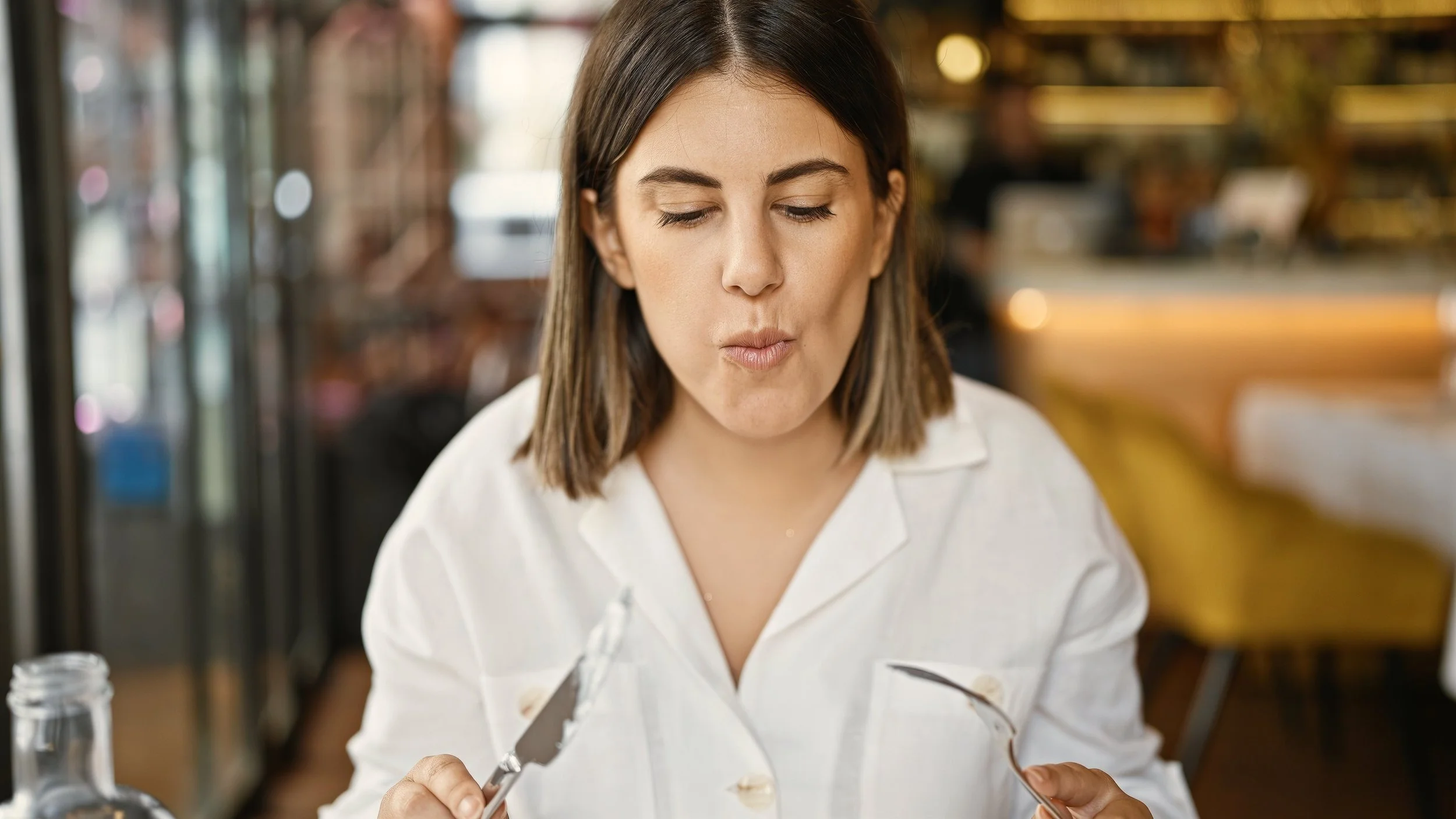Researchers at the University of Cambridge have created an innovative floating device that harnesses solar power to convert contaminated water and seawater into clean hydrogen fuel and purified water.
This device, inspired by photosynthesis (how plants use sunlight to make their food), differs from previous 'artificial leaf' technologies by its ability to operate with polluted water sources, making it ideal for resource-limited or off-grid areas.
The team published their findings in the peer-reviewed science journal Nature Water.
The device can even be used on polluted water - Image Credit: Chanon Pornrungroj/Ariffin Mohamad Annuar
The device's innovation lies in its ability to integrate solar fuel production and water purification. Dr. Chanon Pornrungroj and Ariffin Mohamad Annuar, co-lead authors from Cambridge's Yusuf Hamied Department of Chemistry, explain that solar-driven water splitting, a process that separates water into hydrogen and oxygen, usually requires pure water. Contaminants can otherwise harm the catalyst or cause unwanted chemical reactions.
The device was tested on really dirty water, seawater, and even water from the River Cam in Cambridge. The results were impressive.
How does it work?
The instrument features a nanostructured carbon mesh with a photocatalyst. This mesh absorbs light and heat efficiently, generating the water vapour needed for hydrogen production. Additionally, its water-repellent treatment enables it to float and prevents contaminants from affecting its functionality.
Another significant advancement can be found in its efficient utilization of the solar spectrum. A white, UV-absorbing layer on top of the device facilitates hydrogen production, while the remaining solar spectrum passes to the bottom part, vaporizing the water for purification. This dual process mimics a real leaf, combining hydrogen production with the transpiration process.
Image Credit: Chanon Pornrungroj/Ariffin Mohamad Annuar
Potential use cases
This new innovation could be a big deal for solving energy and water problems around the world.
For example, many people cook with fuels that are bad for their health, causing over three million deaths annually. Cooking with hydrogen can be much safer.
In addition, nearly 1.8 billion people don't have access to safe drinking water at home; this device could help change that.
The team believes their simple yet effective design can work with a variety of water sources. It's great at handling pollutants and can work even in cloudy or muddy water.
Professor Erwin Reisner, who led the research, stated that the current device is just a starting point. But solutions like this are crucial for a sustainable future, tackling climate change, pollution, and health issues all at once.
If you are interested in more details about the underlying research, be sure to check out the article published in Nature Water, listed below.
Sources and further reading:
Too busy to follow science news during the week? - Consider subscribing to our (free) newsletter - (Universal-Sci Weekly) - and get the 5 most interesting science articles of the week in your inbox
FEATURED ARTICLES:






